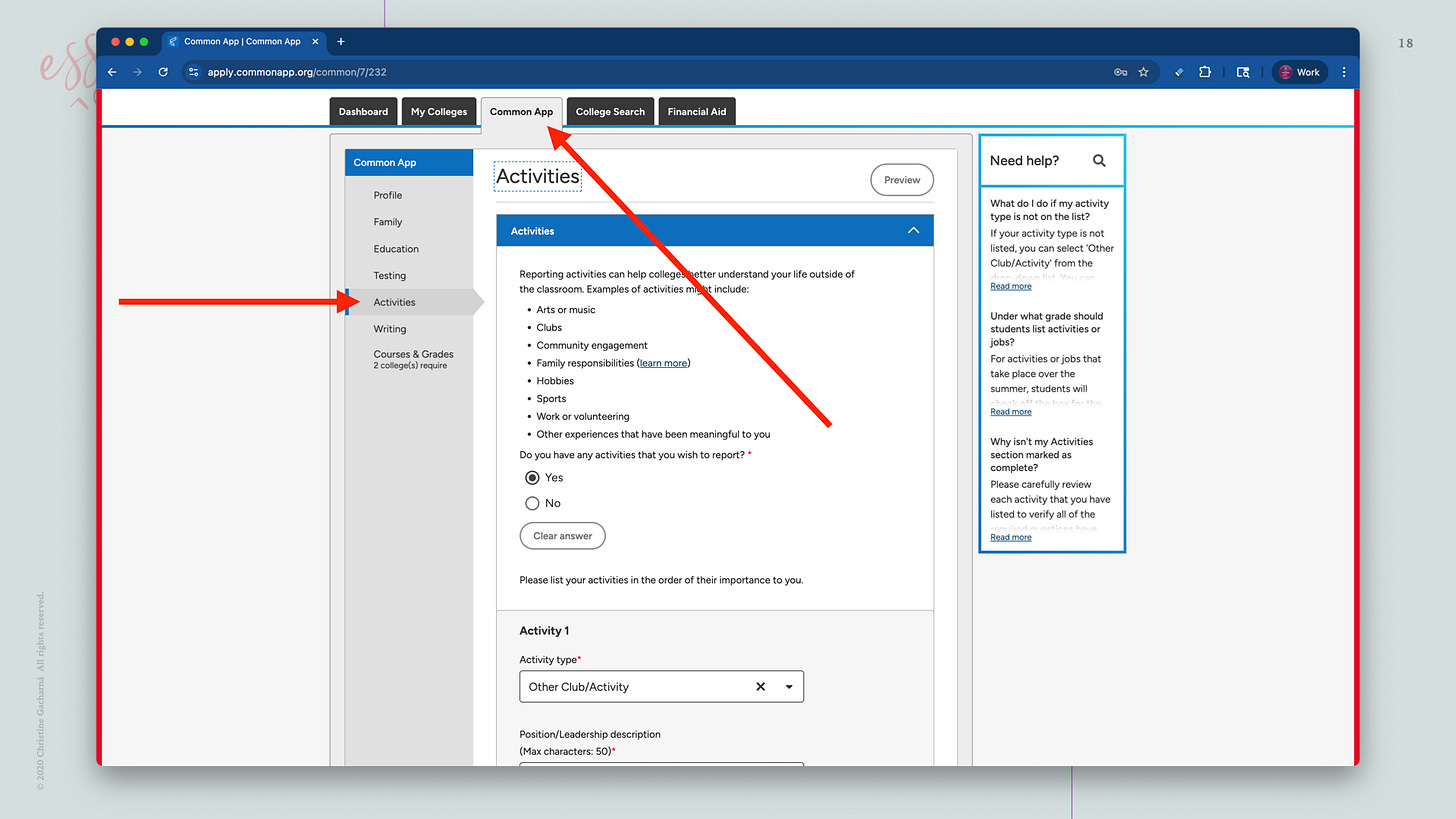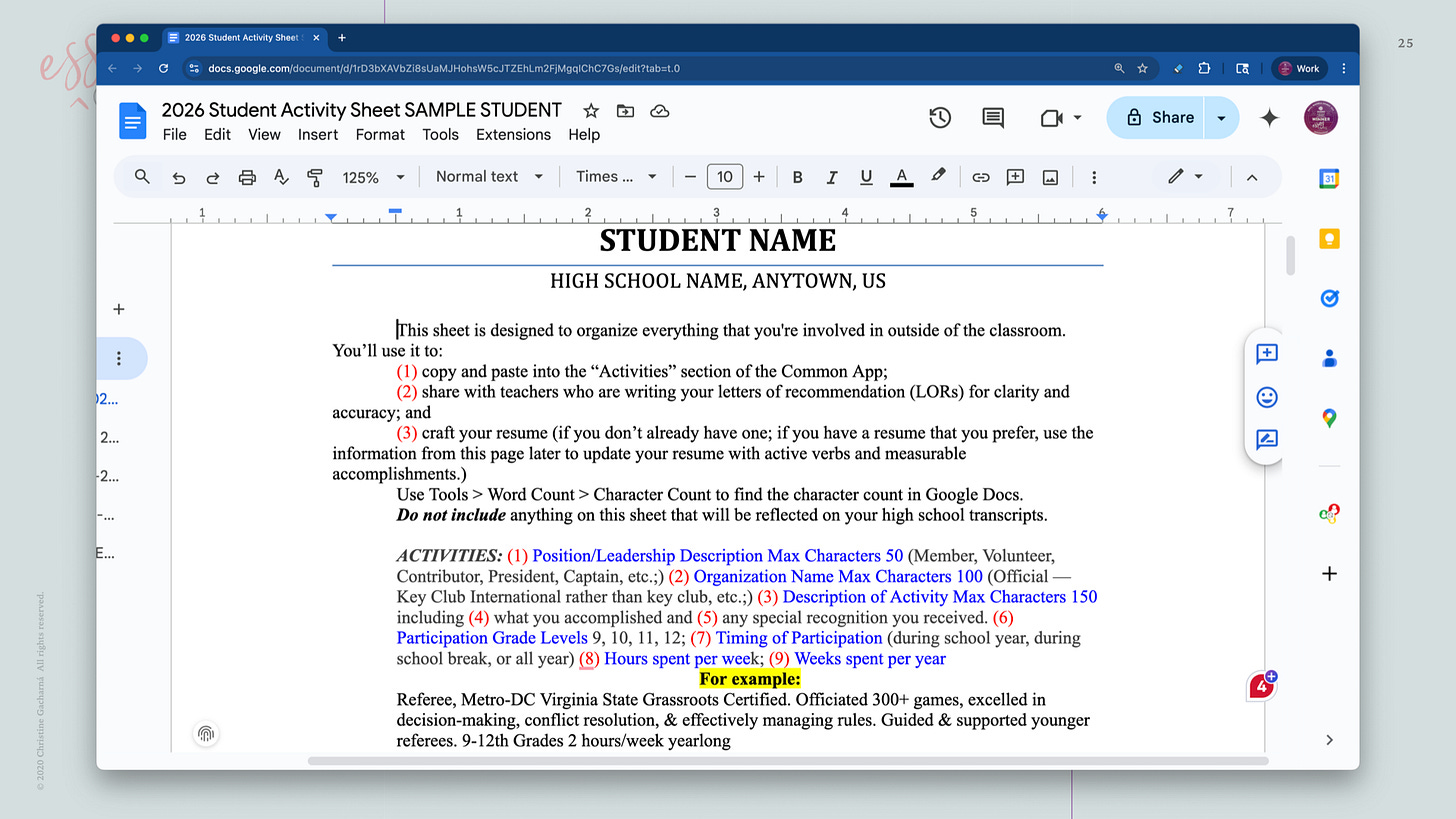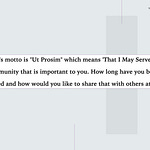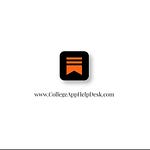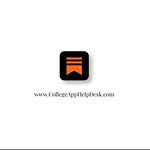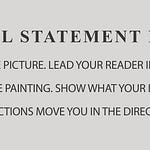This is how I see my students:
(Hopefully, this is also how I help my students to see themselves! I have yet to meet a student who doesn’t have something interesting and unique about their personality and/or experience that the world wants to see.)
This is what we want to avoid admissions officers seeing:
Admissions officers spend, on average, 5-15 minutes reviewing a student’s application. They aren’t afforded the luxury of time to get to know student applicants personally in the way teachers and counselors are. This forces admissions officers to piece together a number of data points to form a picture of applicants; they’re looking for spark, color, and definition assembled in a shockingly quick package.
That’s why we spend so much time on the front end of your applications.
Sometimes in the beginning, students will ask, “When do we get to work on the essays?”
We are working on the essays. This prep work is critical to your essays. How do I know? I’ve been doing this work since 2017 and professionally since 2019. I’ve seen your competition, and the competition is fierce. At times, this process may seem grueling, so please trust me when I tell you I can draw a direct line from the students who put in the most time and effort during the summer to the students who emerge next spring most successful in this process.
The point of these summer workshops is to break college applications into bite-sized pieces for students during the summer, so that when school starts and there’s Homecoming and AP classes and Halloween, all the things, the crushing weight of college applications doesn’t bog students down.
Our goal this summer is to start assembling all of those puzzle pieces so that admissions officers get a vivid and concise glimpse of who you are as an applicant.
These are the missing pieces:
Academic Record
Recomendations (LORs)
Activities & Honors (Common App)
Personal Statement
Additional Information
Demonstrated Interest
Financial Aid
Activities and honors begin with the Student Activity Sheet, which organizes where you spend your time to take full advantage of the “activities” and “honors” sections in your Common App.
In addition, this sheet serves as a complete and accurate record of where you spend your time outside of class. This will help guide the teachers who are writing you letters of recommendation (LORs.)
(Remember, you should ask teachers from junior year core subjects who know you well to write these LORs.)
Letters of recommendation (LORs) speak to how your high school sees you. What does your high school think of you as a student? The three things that I remind students to show their high school teachers daily are humility, teachability, and curiosity.
Your academic record consists of your grades and what’s also known as your “high school profile.” A high school profile is a document that provides college admissions officers with a comprehensive overview of a high school, including its academic programs, grading system, and overall culture. It helps admissions officers understand the context of a student’s academic record and make more informed decisions. What was available to you? What did you choose to take? Does that align with your goals and your abilities? If you want to study engineering and AP Calc was offered, and you didn’t take it, why not?
A personal statement is a written essay that provides a detailed overview of your background, experiences, skills, and aspirations, often used in academic or professional applications. It’s an opportunity to showcase your unique qualities and explain why you’re a good fit for a specific program or position. It tells admissions officers something about you that they can’t find in your transcripts, LORs, or high school profile.
Demonstrated interest (if applicable) in college admissions refers to how prospective students show a college or university that they are genuinely interested in attending, beyond simply submitting an application. It’s a factor some institutions consider when making admissions decisions, as it can indicate a higher likelihood of enrollment. As a general rule, the more highly selective the college or university, the less likely they are to track demonstrated interest.
Some colleges consider financial need when making admissions decisions (need-aware), while others do not (need-blind). For those that are “need-aware,” a student's financial situation may affect their chances of acceptance, particularly if they require significant financial aid. Many colleges are “need-blind,” meaning they evaluate applications without considering a student’s financial need.
Go to https://www.commonapp.org/ to create your Common App account.
The second tab says “my colleges,” and then the radio button “add a college” is where you can start putting in your list of colleges. It's that simple.
The third tab over is called the Common App tab; this is kind of the whole point of the Common App is so that you don't have to type all of this information in at twenty different portals, you can just put it all into this one portal and send it to the schools that are participating.
Your profile is your personal information. There's information on your family, education, testing, and then “activities.” This is where you’ll leverage the information we carefully culled and refined this summer in your Student Activity Sheet. You can only add 10 activities using 150 characters; making your activities jump off the page in 150 characters takes some doing, and it’s really hard for students to focus on this once school starts in the fall.
The Common App is getting a visual refresh for the 2025-2026 application cycle, with updates launching on August 1, 2025. This refresh includes a new user interface, with changes like a left-hand navigation panel and updated menu items. The “Common App” tab will be renamed “My Common Application.” Despite these changes, the core functionality and application process will remain the same.
Students can get started on the first page of their Student Activity Sheet immediately. Begin adding all of your activities from your freshman, sophomore, and junior years. Then add what you can reasonably expect to participate in during your senior year. Don’t agonize over word count — we’ll polish that later.
Please don’t start on the second page until your first page is finalized, or you’ll end up making the process messier for yourself than it needs to be. The headings on the second page are pulled directly from the Common App, where you will categorize your 10 activities.
Run your eyes over these topics because if you see something that interests you where you don’t have an activity, you still have this whole summer to get out there and do something!
Ideally, go do something that focuses on a leadership opportunity within the places where you are already involved.
It’s okay to share this document with your parents. Sometimes parents can remember activities that you’ve forgotten you were involved in.
Remember, in building your college list, we’re looking for a good academic, social, and financial fit for you and your family. I’d like for your list to be balanced somewhere in the ratio of three likelies, five targets, and one or maybe two unlikelies.
Here are some books and resources on the internet that can help you build your list. As a general guideline, July is for finalizing your list, and August is for writing essays. Use your DISC assessment and WCIDWTM? to explore careers.
No webinar, no office hours next week; get your Common App account started, work on your list, and fill in activities on your Student Activity Sheet. We'll resume Sunday webinars again in July.
College is happening, and it’s happening fast. Some of you will have October deadlines, which gives you just over three months to get this wrapped up. Do as much work as you can this week and next so you’ll be ready to roll up your sleeves and dig into your essays in July and August.







